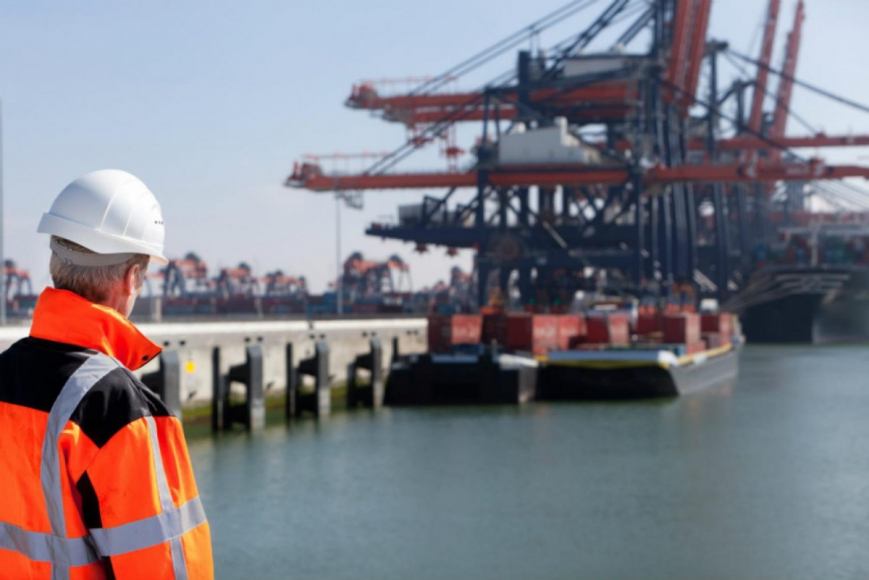Don't let PFAS catch you by surprise--learn more about existing and emerging regulations on these pervasive contaminants.
Are you holding off on assessing the risk of PFAS at your facility? Don’t wait until a regulator (or worse, legal action) forces your hand! A “wait and see” approach could result in a potential damage to your brand and investor relations. Antea Group is seeing a growing number of enforcement and legal actions focused on PFAS across the country taking companies by surprise.
A New World
The climate of environmental regulation has changed, and treating this emerging compound the same as other emerging contaminants (such as 1,4 dioxane, dioxins/ furans, perchlorate, and tributyltin) over the last two decades has proven to be problematic, chiefly because PFAS occurs with much greater frequency over a wide geography and in a wide range of release mechanisms. Because of the differences between PFAS and other contaminants, the regulators are also using more innovative approaches to assessing PFAS in the environment than for other past emerging contaminants
Select PFAS compounds, formerly thought safe, are now regulated at very low concentrations. Although manufacturers in the United States have switched formulations to use shorter chain PFAS which were thought to be less toxic, these shorter chain PFAS are now coming under more scrutiny. Manufacturers of stain- and water-repellent fabrics and textiles, nonstick products, polishes, waxes, paints, cleaning products, food packaging, and electronics may be subject to additional PFAS scrutiny. Specific manufacturing processes associated with PFAS include electroplating, fire-fighting foam production, and others. The use of firefighting foam at airports and military bases where fire training occurs has been found to represent a significant source of PFAS in groundwater, surface water, sediment, and fish.
Taking Action
Our advice, based on firsthand experience dealing with the business risks and litigation associated with PFAS, is to fully understand your business exposure (if any), conduct internal studies, and be prepared with data and records rather than getting blindsided.
Proactively assessing PFAS as part of your regular environmental program and EHS best practices helps you avoid negative public and media attention and puts you in a position of strength when working with local government and communities potentially less knowledgeable in PFAS fate, transport, and toxicity. Protect your operations and reputation and avoid unnecessary risk and liability.
Antea Group is helping businesses improve their understanding of the current science and regulatory evolution while taking proactive steps towards addressing the potential risks.
Learn more about our PFAS management support or contact us today for more information.
Download PFAS Whitepaper
This whitepaper provides readers with an overview of the wide range of manufactured products that contain PFAS and highlights some of the latest regulatory requirements for sampling, investigation, and discovery of PFAS compounds.
Download HereWant more news and insights like this?
Sign up for our monthly e-newsletter, The New Leaf. Our goal is to keep you updated, educated and even a bit entertained as it relates to all things EHS and sustainability.
Get e-NewsletterHave any questions?
Contact us to discuss your environment, health, safety and sustainability needs today.




